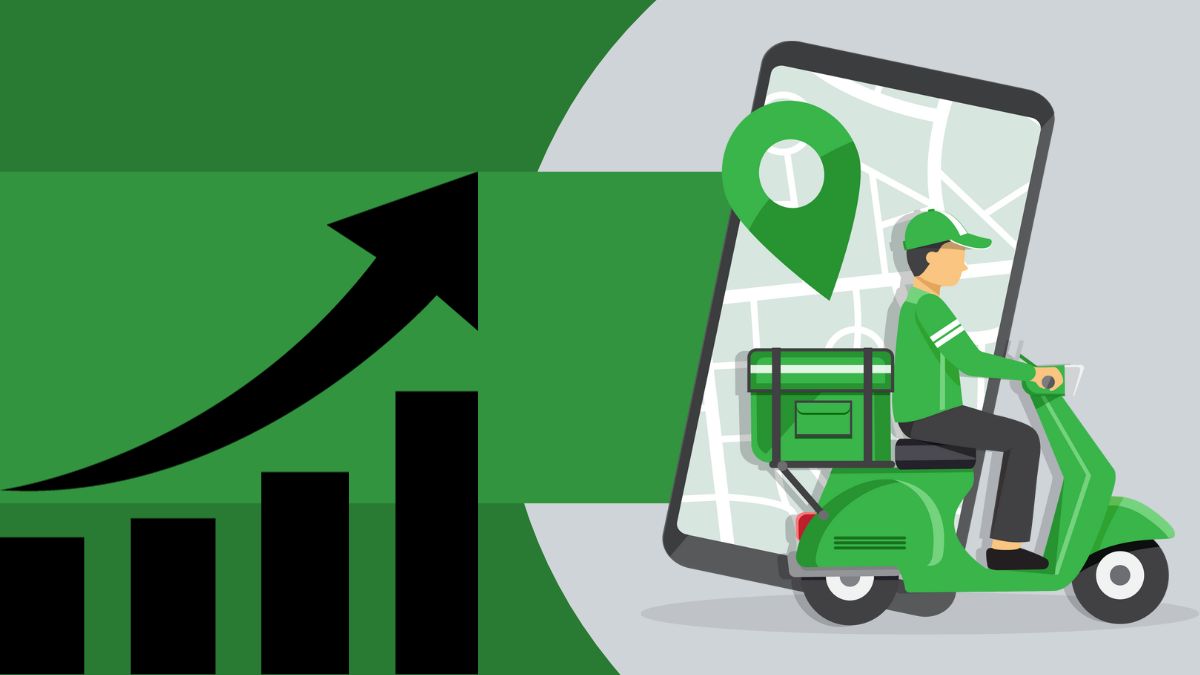Americans modestly increased their retail spending from July to August as the price of gasoline rose and budgets were tightened. Retail sales in August outperformed those in July because of higher gas prices and increased consumer spending.
How Much Retail Sales Rise in August?
According to a report released on Thursday, September 14 by the Commerce Department, retail sales increased 0.6% in August compared to a revised 0.5% increase in July.
🇺🇸 AUGUST RETAIL SALES RISE 0.6% MoM ABOVE EXPECTATIONS OF 0.1% MoM
— Evan (@StockMKTNewz) September 14, 2023
After a corrected 0.7% increase in July, the carefully monitored retail sales category that excludes auto dealers, petrol stations and building materials and contributes to the gross domestic product increased just 0.1% last month compared to the preceding month.
According to a study by the U.S. Labor Department, the significant increase in gas prices was mostly responsible for the August inflation spike. The economy is being affected by the rise in gas costs which could slow down consumer momentum as we approach the crucial holiday shopping season.
According to a Labor Department report, U.S. wholesale prices, which gauge inflation before it affects consumers, actually increased in August, mostly as a result of rising gas costs. This indicates that inflation has persisted despite a string of significant interest rate increases by the Federal Reserve.
The national average price for a gallon of unleaded gasoline last week was $3.86 as of September 14, an increase of 5 cents from the previous week. According to the Commerce Department report, retail sales were only up 0.2% in August when gas purchases were excluded.
While furniture and home furnishings businesses had a 1% decline in sales, gas stations saw a strong 5.2% increase in sales. Retailers of apparel, accessories and gadgets saw gains in sales, probably due to back-to-school purchasing.
The retail data excludes services like haircuts, hotel stays and plane tickets and only accounts for about a third of total consumer spending. However, it does include restaurant expenditure which increased a little last month.
In contrast to many other official statistics, the figures are not adjusted for inflation. The fifth consecutive month of growth in retail sales in August is evidence of the economy’s resilience in the face of persistently challenging economic conditions.
Although expenditure increased by about 3% in January, it has been erratic this year. Prior to improving in the spring and summer, sales declined in February and March.
Americans continue to be cautious as increasing interest rates make buying a car, home or using credit cards more expensive, according to the most recent quarterly financial results from stores like Macy’s and Target. In reality, a rise in credit card delinquencies was mentioned by some retailers.
The removal of the student loan moratorium which had given former college students a bit more financial breathing room was also noted by several merchants. Michael Pearce, lead U.S. Economist at Oxford Economics said:
“It is hard to see consumers spending as freely over the rest of the year, We expect a sharp slowdown in consumption growth, which will be the decisive factor tipping the economy into a mild recession over the coming quarters.”
You can check out the full Retail Sales Rise in a tweet provided below:
⚠️BREAKING:
*U.S PPI 1.6% Y/Y, EXP. 1.2%
*U.S. PPI CORE 2.2% Y/Y, EXP. 2.2%*U.S. RETAIL SALES 0.6% M/M, EXP. 0.2%,
*U.S. RETAIL SALES CORE 0.6% M/M, EXP. 0.4%*U.S. JOBLESS CLAIMS RISE 220K, EXP. 225K
🇺🇸🇺🇸 pic.twitter.com/sNtfYRW2yz
— Investing.com (@Investingcom) September 14, 2023
If you want to read more posts related to this type of topic you can check out our below posts:
- Black Swan Housing Market Crash: Real Estate Developer Issues Warning
- Stock Market Futures: Morgan Stanley’s Bold Tesla Prediction Lifts Pre-market
Which is the Major Factor in Increased Inflation?
Gas price increases were a major factor in the month’s increased inflation, while other costs increased more slowly suggesting that price pressures are lessening gradually.
The Labor Department reported that the consumer price index increased 3.7% in August from a year earlier, up from a 3.2% annual pace in July, in a set of contradicting figures issued on Wednesday, September 13.
A step back from the 4.7% increase in July and the weakest increase in nearly two years, so-called core prices increased by 4.3% when the volatile food and energy categories were excluded. That is still far from the 2% target set by the Federal Reserve.
August saw 187,000 new jobs created by American businesses, showing that the labour market is still strong despite the high interest rates the Federal Reserve has imposed. Many companies are being careful when ordering merchandise for the holiday shopping season including everything from toys to clothing.
Additionally, they want to entice customers into the store by forming new relationships. Due to hesitant customers and criticism of its Pride-themed items, Target announced earlier this week a partnership with jewellery designer Kendra Scott.
The more than 200 new, limited-edition items, which include necklaces, rings and accessories, will be priced between $15 and $60. Next month, the collection will be offered in a few boutiques.
For more information related to these kinds of topics, you can follow us on Twitter and check out our latest updates.
